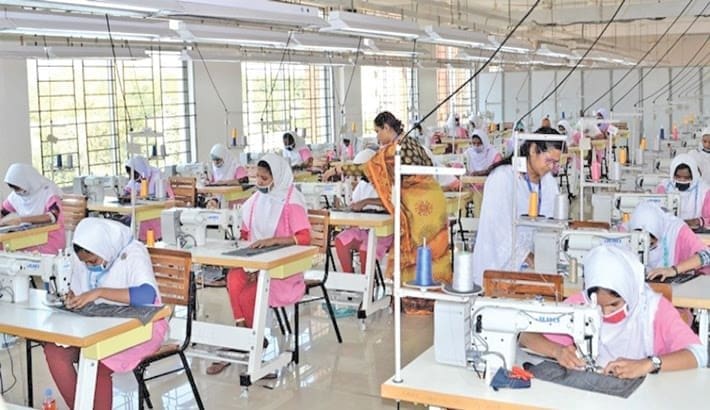The common story is known to all that garment industries play a fundamental function in the mainstream economy of Bangladesh. This country directly depends on it for maintaining source of revenue. But this sector spoils our environment by releasing toxins in the air, water and soil. As environmental sustainability is the most emerging issue at the moment apparel buyers are focusing on eco-friendly products. We know clean water and sanitation, affordable and clean energy, industrial innovation, infrastructure, climate action and responsible consumption and production are the most important goals of sustainable development.
Apart from that, sustainability of garments sector demands energy, water, water recycling and reuse, waste management, emission reduction and chemical storage and handling. The Sustainable Apparel Coalition (SAC) is the apparel, footwear and textile industry’s leading alliance for sustainable production and they developed the Higg Index. Launched in 2012 the Higg Index is self-assessment standard of an apparel industry to measure environmental sustainability throughout the supply chain.The current version of Higg Index is the Higg Facility Environmental Module which includes 7 sections which are Environmental Management System (EMS), Energy and GHG Emission, Water Use, Wastewater, Waste, Air Emission and Chemical Management. EMS includes environmental responsible person with job description, environmental impacts, Sustainable Operating Procedure (SOP), and equipment maintenance (boilers, generators and sewing machines), energy section includes energy bills (purchased electricity and gas), invoices of fuel (diesel, petrol, gas) consumption by transports. Also it includes energy reduction strategies (installation of solar energy, conventional boiler to exhaust gas boiler – EGB, VFD for air compressor, conventional lights to LED lights, clutch motors to high efficient servo motors, and replacing normal ceiling fan with energy efficient fan) which reduces the energy consumption and quantity of Green House Gas emission. Water use section includes water tracing and water use inventory, water reduction plan, rain water harvesting system. Wastewater section includes tracking of wastewater, treatment of wastewater using Effluent Treatment Plant (ETP), testing of wastewater parameters (DO, BOD, COD, TDS and PH) both from inlet and outlet of ETP, water balance, reuse and recycling of wastewater.
Air emission section includes air emission inventory from boilers, generators, sewing and cutting machines, ovens, ACs, refrigerators, etc. and their remedial measures such as wet scrubber for reducing SOx emission, Activated Carbon Absorption to remove organic compounds, Electrostatic Precipitator (ESP) for reducing particulate emissions from boilers, kilns, engines etc. Waste section includes waste inventory, segregation of waste into hazardous and non-hazardous wastes, proper storage and disposal of waste, forbidding open burning and dumping of waste, training programs on waste management. Chemical security includes chemical inventory (all kinds of chemical), MSDS, SDS, MRSL / RSL check, chemical purchase policy, spill kits, chemical compatibility chart, environmental and occupational health and safety program.
Environmental sustainability is the most elemental question in ready-made garments industries of Bangladesh. Higg Facility Index supports effective action plans to reduce noteworthy environmental impact which will protect energy, water, air, soil and our biodiversity.
Shishir Reza is an Environmental Analyst and Associate Member, Bangladesh Economic Association.
Shamsur Rahman is an Environmental Officer of Ha-Meem Group

